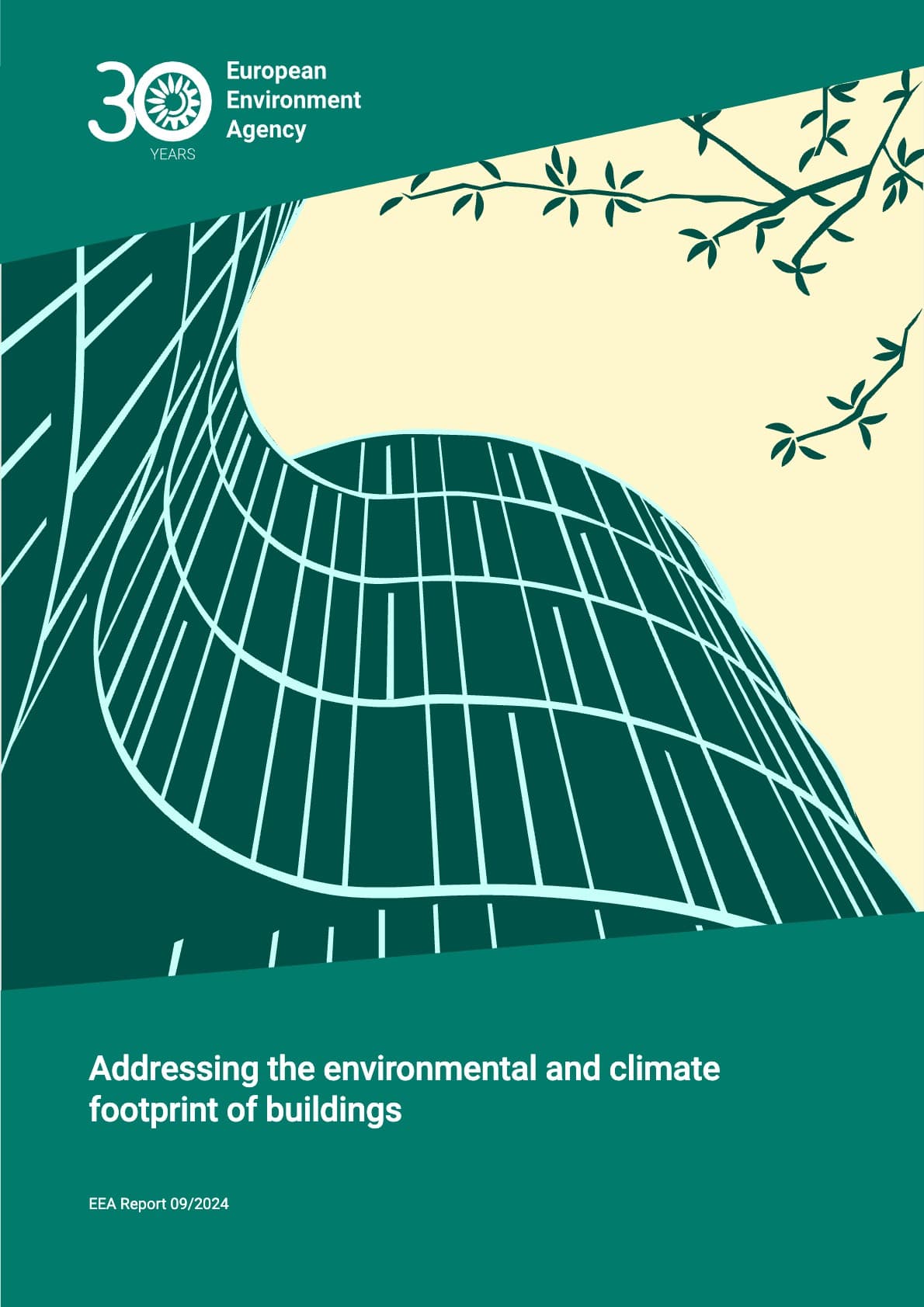Explore Connections
Discover resources that are connected to or have similarities with "Addressing the environmental and climate footprint of buildings"
Finance your social innovation – Funding Toolkit
How can emerging social entrepreneurs secure initial funding for their innovative projects?
EIB Group gathers key stakeholders to tackle Europe’s multi-billion housing challenge
How can Europe address its significant housing investment gap and enhance living conditions for all?
Das Quartier der Zukunft: So leben wir in 2035
How can urban planning adapt to promote sustainability and combat climate challenges in 2035?
Roundtable: Is Europe on the right track to tackle the housing crisis and provide affordable and sustainable homes to all?
How can Europe ensure accessible and sustainable housing for its most vulnerable populations?
Affordable housing in Austria and Vienna: Key policy instruments, challenges, and lessons to learn for other countries and cities
What lessons can other nations learn from Austria's successful approach to housing affordability?
Draft Report on the housing crisis in the European Union with the aim of proposing solutions for decent, sustainable and affordable housing
How can we ensure everyone has access to quality, affordable living spaces across Europe?
Property Index - Overview of European Residential Markets
How do regional variations influence the dynamics of housing affordability in Europe?
Between Housing And Investments - The financialisation of housing in zurich
How has global capital influenced urban housing dynamics in Zurich since the financial crisis?
How to Make Urban Densification Acceptable: Lessons from Public Opinion Research
How can urban growth strategies gain public support while addressing community concerns and needs?
